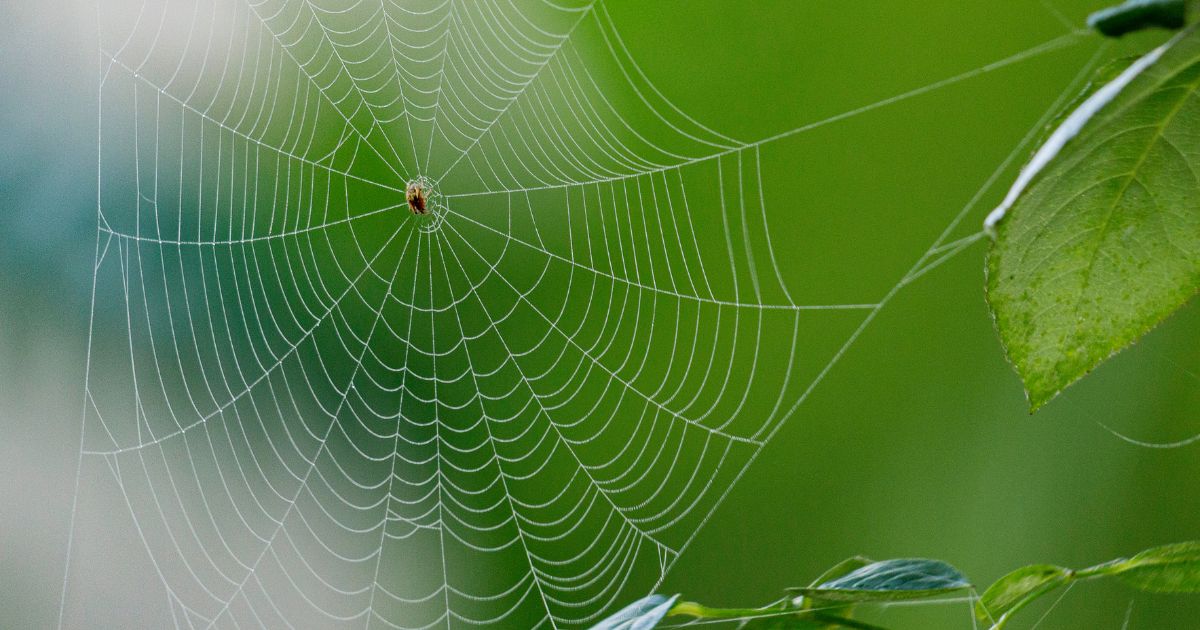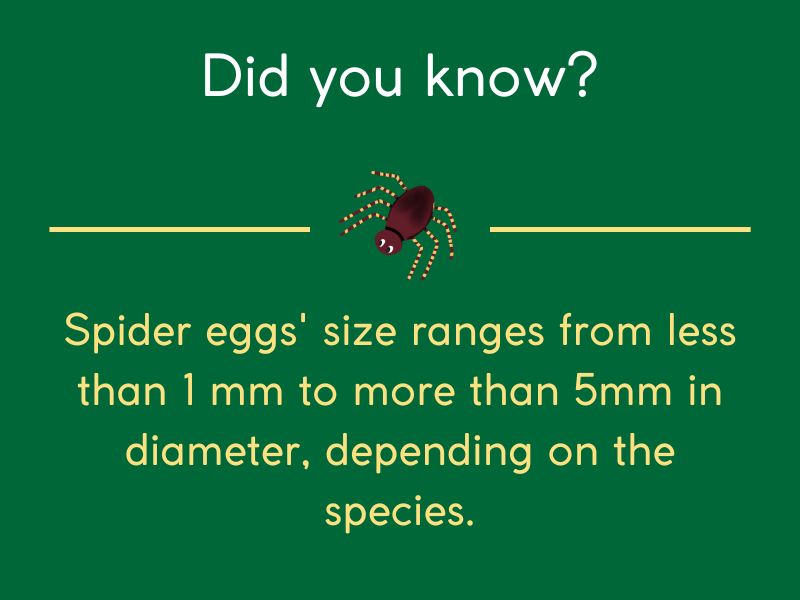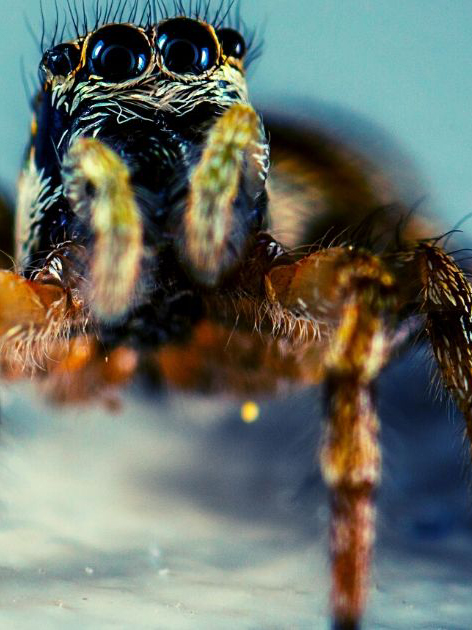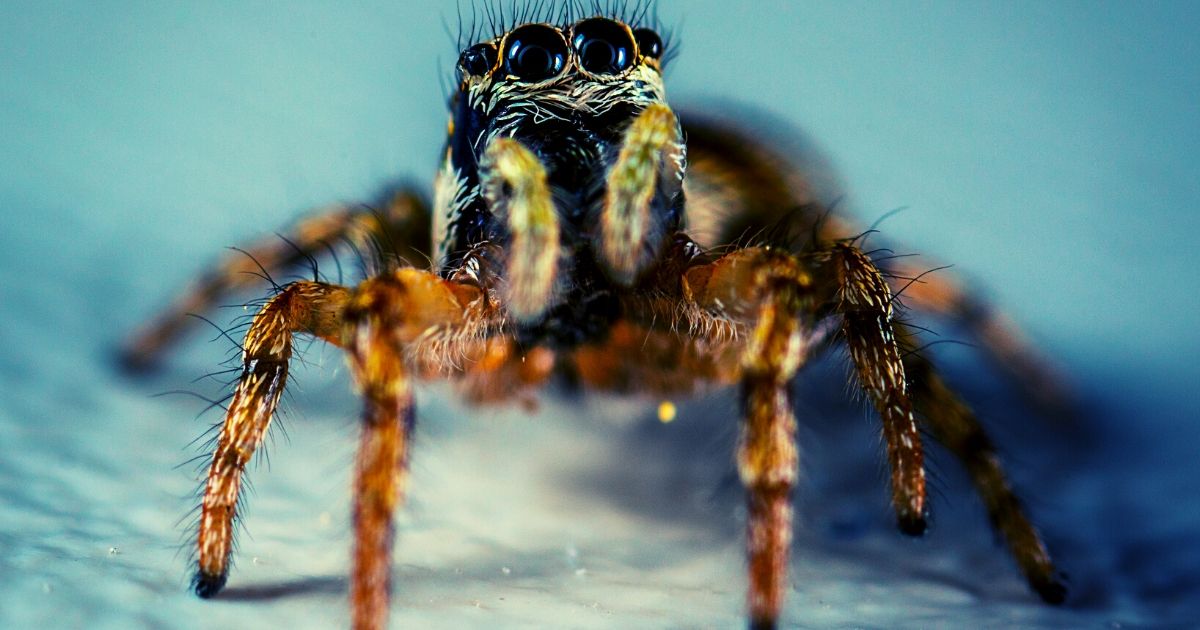Spider Eggs in the House: How to Identify and Get Rid of Them

Having spider nests or eggs in your house can be an unpleasant discovery for many homeowners. If there are more spiders around your house as usual, it may be a sign of an infestation. Knowing how to identify spider eggs and eliminate them is important to maintain a comfortable living space and peace of mind.
Table of Contents
- What Do Spider Eggs Look Like?
- How Big Are Spider Eggs?
- What Color Are Spider Eggs?
- Where Do Spiders Lay Their Eggs?
- How Long Does It Take Before Spider Eggs Hatch?
- What Happens When the Eggs Hatch?
- How to Identify Spider Eggs
- How to Get Rid of Spider Eggs in the House
- When to Seek Help? Identify the Spider First
What Do Spider Eggs Look Like?
Spider eggs typically appear as small, round sacs or clusters. These sacs are often made of silk, creating a protective casing for the developing eggs within. The color, size and texture of spider eggs can vary depending on the species of spider.
Inside the egg sac you can find individual eggs, which are typically translucent and tiny (few millimeters in size). The number of eggs in a sac also varies depending on the species of the spider, ranging from only a few dozen eggs to hundreds or even thousands.

How Big Are Spider Eggs?
Spider eggs can range in size depending on the species, from less than 1 mm to more than 5mm in diameter. Larger spiders tend to produce larger egg sacs, whereas smaller spiders may lay more tiny ones. The size of spider eggs can also depend on the age and health of the female spider, environmental conditions and other factors.
What Color Are Spider Eggs?
The color of spider eggs can also vary widely depending on the species. They may appear white, cream-colored, beige, or even green or brownish. The coloration often blends in with the surrounding environment, providing camouflage and protection for the developing eggs. Additionally, the colour of the egg sac can also vary and may be different from the colour of the eggs inside.

Where Do Spiders Lay Their Eggs?
Spiders are known for their diverse nesting habits. They can often be seen in dark and humid areas. Common locations where spiders may lay their eggs include walls and corners of rooms, underneath furniture, in closets, and even within cracks and crevices in walls. Some species prefer outdoor environments, such as garden areas or sheds, laying the eggs in the web, on the leaves or tree branches.
How Long Does It Take Before Spider Eggs Hatch?
Spider eggs typically hatch in 2 to 3 weeks, this varies based on species, temperature, environment, and humidity. In favorable conditions, like warmer temperatures, the spider eggs may have a short incubation period whereby will hatch within a few weeks. Less ideal environments like cooler temperatures may slow down the hatching process, which will take several months for the eggs to hatch.
What Happens When the Eggs Hatch?
Once spiderlings emerge from the egg sac, they usually settle close to the spider nest area for a few weeks before starting their journey into the world. Later the tiny spiders will move in search for their own territory, seeking for shelter and food.
Pro Tip: Look for spider webs and small, round objects that resemble tiny beads or pearls - these may be spider eggs.
How to Identify Spider Eggs
Identifying spider eggs with a naked eye can be challenging, however, some general indicators include the presence of silk sacs in corners or along walls, particularly in areas where spiders are frequently observed. You may look for spider webs with small sacs of webbing. Additionally, if you notice small, round objects that resemble tiny beads or pearls, these may be spider eggs.
How to Get Rid of Spider Eggs in the House
Removing spider eggs from your home is essential for preventing infestations and minimizing the presence of spiders. Some effective strategies for eliminating spider eggs include:
Use a broom or a vacuum cleaner: Use a vacuum cleaner with a hose attachment to carefully suck up any visible egg sacs. Ensure to empty and dispose of the vacuum bag in the outdoor trash bin to prevent spiders from the eggs hatching and escaping inside your building. If using a broom, don’t remove the dust or eggs from the dustpan before the eggs are sealed in a plastic bag
Cleaning: Regularly clean and declutter your home to eliminate potential hiding spots for spiders and their eggs. Use wet tissue, damp cloth to wipe down the surfaces where the eggs have been detected
Use Natural Repellents: Some natural substances like essential oils (peppermint, lemon, tea tree, cedar, or vinegar) can act as spider repellents. While these may help deter spiders from certain areas, their effectiveness on spider eggs may be limited due to the protective eggsac surrounding them. Apply these repellents around areas where spiders are likely to hide or lay eggs, but keep in mind that they may not provide long-term protection against egg-laying spiders. Additionally, it is advisable to use face mask when using essential oils, as some individuals may be sensitive to strong scents or oils.
Seal Cracks and Openings: Seal any cracks or gaps or openings on walls, windows, or doors to prevent spiders from their potential harbourage spot and entering your buildings.
When to Seek Help? Identify the Spider First
Before attempting to remove spider eggs from your home, it’s essential to correctly identify the species of a spider. Some species, such as black widows or brown recluses, can pose significant health risks to humans. If you’re unsure about the type of spider you’re dealing with or if you suspect the presence of venomous spiders, it’s best to seek assistance from a professional pest control provider.
In addition, you might want to seek professional help when you’re dealing with a persistent spider infestation or are unsure of how to effectively remove spider eggs from your home. Pest control experts can assess the situation and implement targeted treatments to eradicate spiders and their eggs safely.
Author: Soleha Nisaa
Frequently Asked Questions
Spider eggs themselves are not harmful to humans. However, if the eggs hatch, the resulting spiderlings may pose a risk, depending on the species.
Spider eggs are often contained within a silk sac and are whitish or creamy in colour, which makes them different from the eggs of other insects. Additionally, spider eggs tend to be round in shape.
If spider eggs have hatched, the sac may appear deflated or torn, and you may notice tiny spiderlings nearby either on the web or in the area where the egg sac was located.
To prevent spiders from laying eggs indoors, it’s essential to keep the house clean from dust, reduce clutter, seal cracks and gaps, and minimize outdoor lighting that attracts insects.
Leaving spider eggs untreated can lead to a growing population of spiders, potentially leading to a larger infestation and spiders invading and building webs in inconvenient areas. Even though most spiders are harmless to humans, some of them may have venomous bites that lead to discomfort, or allergic reactions in humans.

